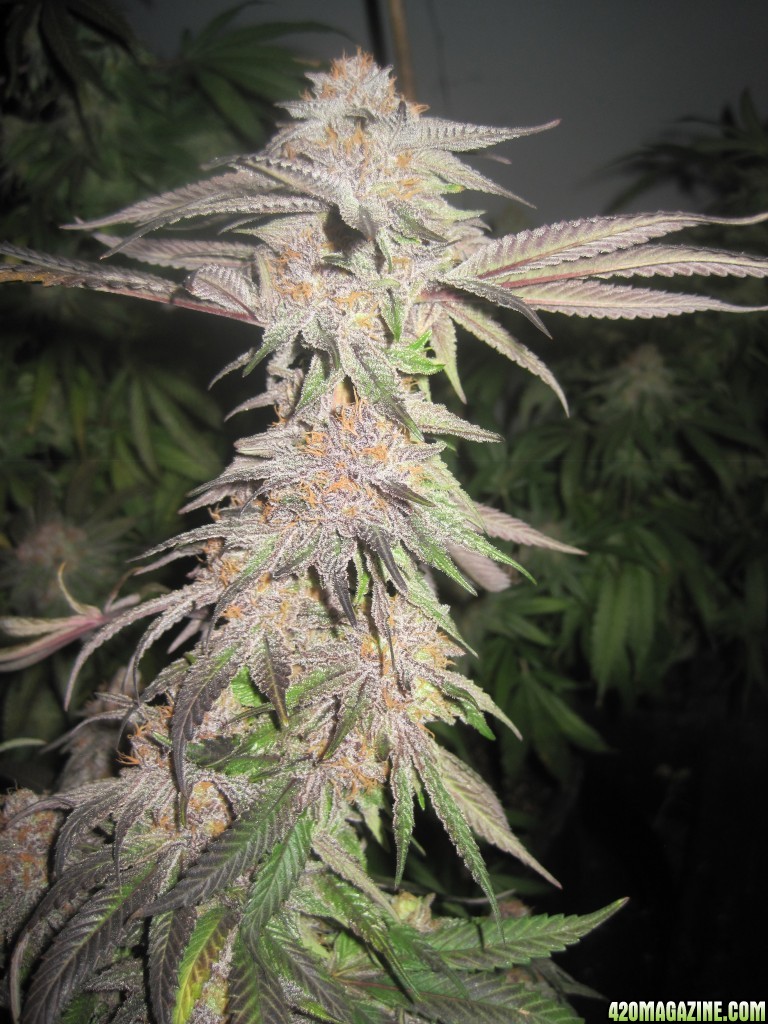- Thread starter
- #4,941
Maybe speeding up isn't the word. But as you said, you are testing the soil and directly adding mineral amendments to compensate. Living Soil relies on the decomposition of organic matter to reach that state...so I see what you mean now.
Do you think the additions of silicates, oyster shell, glacial dust, saponin (Aloe Vera), and other additives which boost cytokine production and promote plant health are not as effective in Living Soil as they are in Hi-Brix?
What indication would you use to add Potassium Silicate?
What's in your oyster shell?
What's in your Glacial Rock dust? How much sodium? Potassium?
Aloe Vera? perhaps.....why not Yucca? What about your soil is calling for those?
Again, we already KNOW how to amend soil to achieve nutrient density. While there is always room for improvement, the basics remain the same:
Foundational minerals
Trace elements
Soil Energy
Microbial action
How much Glacial Rock dust do you add based on the soil test? Well, depending on what's in the soil and what's in the rock dust.....perhaps adding ZERO is the best move, especially if the product is high in P and Na.....
Why would you choose oyster shell over limestone?
As for silica.....you should see how strong the stems of HB plants are. Why would you want to weaken the cells walls by encouraging potassium instead of calcium? Or perhaps your soil actually needs silicate......if so, how much?
How do you get enough phosphorus into the leaf tissue in order to form massive amounts of exudates without upsetting the 1:1 balance of K and P?
All of these questions and more are asked and answered with a proper soil test......and this is exactly what we do.
I made some nice organic soils in the past.....had them tested and they all failed miserably. When I used those soils, I often had fungus gnats and had trouble with mites.
Now that my soil is in spec.....no more insect pressure! That's pretty much what everyone will tell you, barring other factors.






